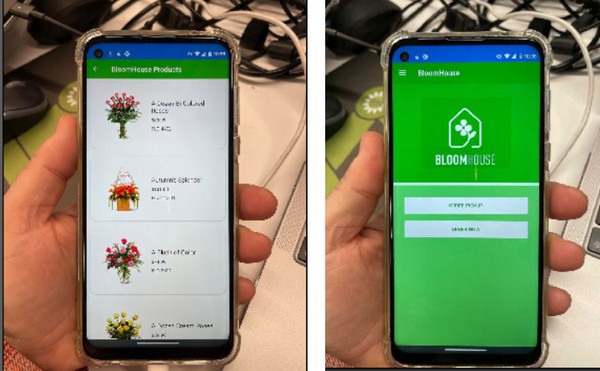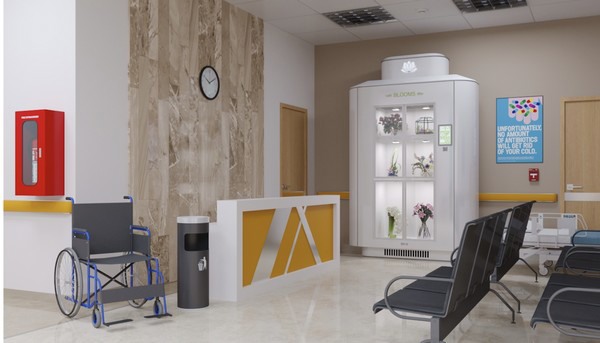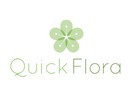You have probably heard the term “dark kitchen” or “cloud kitchen” during the recent Covid lockdowns. These are examples of traditional sit down restaurants shifting operations to “production only” facilities to service delivery and pick up customers. The same principles apply with floral, plant and gift retailers that are looking to:
1.) Reduce operating costs
The retailer does not have to worry about high fixed rent costs, staffing and perishable inventory showroom costs. Highly sought-after high traffic retail locations are expensive to find and keep. If you don’t have to accommodate walk-in customers then you obviously face considerably fewer costs.
2.) Expand market share
Dark retailing can be an opportunity to expand (via delivery) to new areas without incurring the costs of a fully functioning flower shop location. This lowers your capital needs and risks involved in opening a new location.
Nothing new
The truth is, the concept of a ‘dark florist’ isn’t all that new at all if you think about it. A large number of flower shops do a majority of their work in a production facility without any walk-in customers or showroom. This has been going on for decades now. Generally these are referred to as “central design” facilities using a hub and spoke model with many delivery trucks.
Lower fixed costs
Retail rents and utilities are very high and require a multi year commitment (lease). No one wants to be on the hook for a $500,000 multi year lease when you don’t even know if you can break even at a new location.
Lower labor costs
If you can even find help these days, it is at an hourly rate that is just not viable for most small retailers. This is expected to continue for the foreseeable future.
Less shrink
Monitoring all your perishable inventory allows you to turn inventory faster and reduce your dumpage considerably. No one can afford to keep tossing unsold product week and week just because foot traffic was low or the product aged out.

Omnichannel software has arrived
Our QuickFlora POS software can now track live (perishable) inventory online, on the ground and in every vending machine location in the field. This was never possible in the past and a common concept used by major retailers. This function is built into every QuickFlora POS system.

Flower vending machines
In a theoretical case study, an established retailer in one city or county can expand to a neighboring market by just deploying five to ten BloomHouses in strategic locations and utilizing an on demand system to service new markets at the lowest possible fixed costs per month. It is estimated one BloomHouse can replace 5 traditional locations within a 5 mile radius area.
Every day major retailers of all kinds are investing in ways to deliver faster and cheaper. Amazon and Whole Foods excel at this right now. This will only keep accelerating until every major market has one hour delivery for free. (this already exists in many markets). Those retailers that continue to take 4-6 hours to process and deliver an order will find themselves left behind in the future.
The least risky way to expand market share is to utilize modern software and hardware to drive new sales and lower fixed operating costs.
For more information: QuickFlora
QuickFlora
www.quickflora.com
